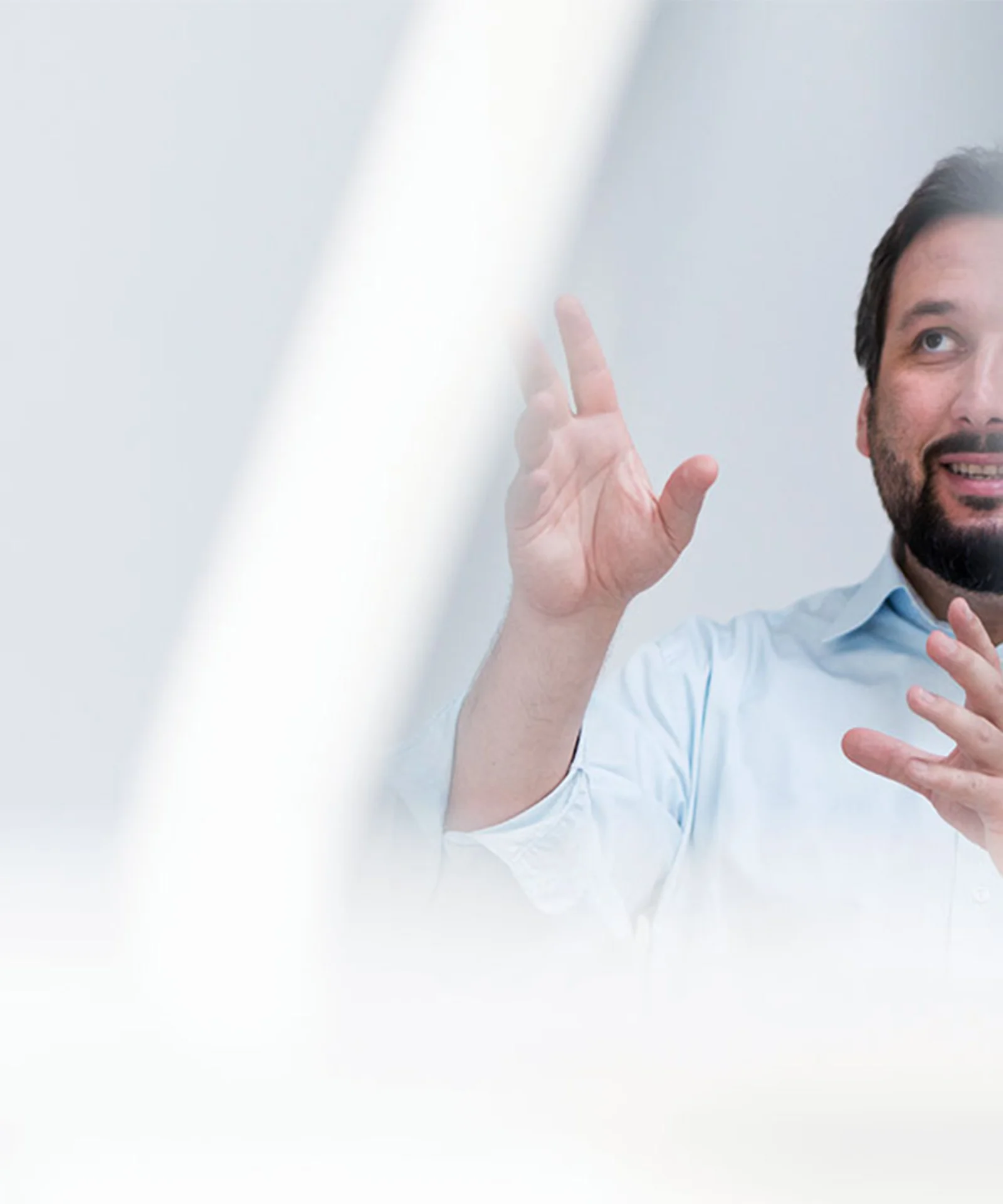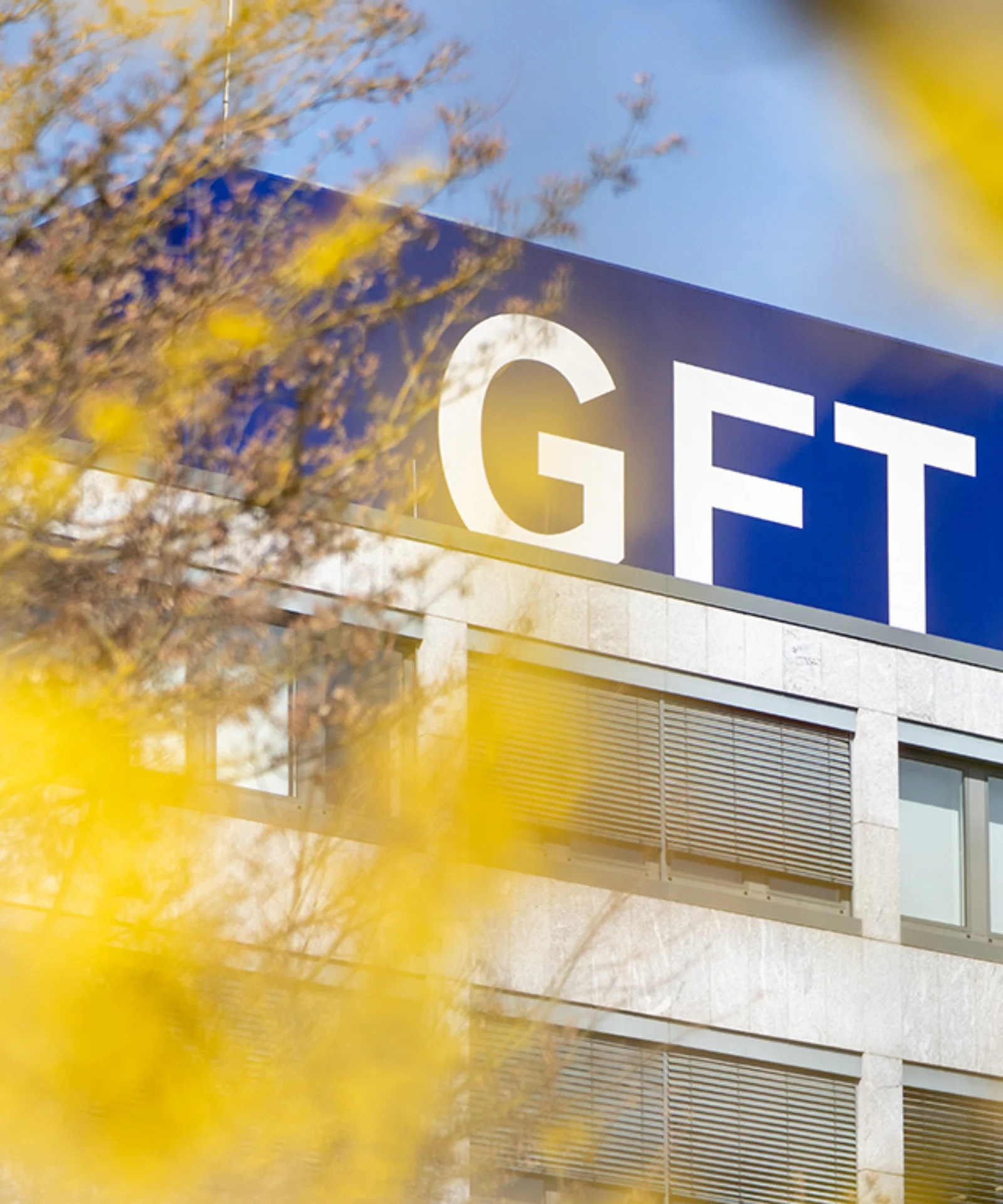- GFT initiative helps reduce ecological footprint from software, so technology becomes driver of change
- GreenCoding is about programming, developing and running software in a more environmentally friendly way, aiming for zero-emission code
- GFT clients adopting this approach will significantly reduce emissions resulting from their own activities
- GFT also commits to achieving climate neutrality in its own operations by 2025

Stuttgart, 17th June 2021 – Software can be part of the climate solution: The GreenCoding initiative by GFT helps companies design, program and run software in a more environmentally friendly way. This contributes to the preservation of the environment and the fight against climate change. In addition, GFT is announcing its commitment to achieving climate neutrality in its own operations by 2025.
Minimizing their ecological footprint is increasingly becoming an important goal for corporations around the world. Legislators, courts, and investors, are demanding that companies be sustainably in their own operations - as well as in the downstream effects their products cause. According to a Gartner study*, "More than 90% of executives in enterprises with a program report that sustainability investment is increasing."
The IT sector, while having a lower profile than many industries in terms of emissions, is not exempt from the drive to minimize its impact on the environment. This figure continues to grow annually and could reach 21% by 2030, according to the Enerdata statistical yearbook**.
With the aim of reducing this footprint and helping its clients save millions of tonnes of CO2 emissions, GFT has launched its GreenCoding initiative. The idea behind this is to conceptualise, develop and execute software in a more environmentally friendly way to ultimately aim for zero-emission code. Besides cutting emissions, green code will also reduce long term cost mainly through lower power consumption, making it doubly attractive for software users.
Aiming for zero-emission code
Marika Lulay, CEO of GFT stated: "Sustainability not only in a company’s own operations, but also in downstream effects, will soon become an important competitive advantage and the impact of software on sustainability is increasing rapidly. Adopting the GreenCoding approach therefore is not only the right thing to do, it even makes business sense.” Lulay continued, “we believe it is important that we set a good example with ambitious sustainability goals for GFT. This is why I am happy to announce that GFT is committing to becoming a climate neutral company by 2025."
For the development of GreenCoding, a GFT working group gathered its knowledge and ideas on this topic for months. As a result, the company has now developed a series of best practices for technology professionals: from system architects to developers, testers, UX designers or managers.
Gonzalo Ruiz de Villa Suarez, chief technology officer (CTO) at GFT, noted: "Standard software often is not optimized for minimal energy consumption, bandwidth or memory usage. For example, the choice of image formatting and the way images and visual designs are loaded has an impact on loading times and user experience. If scaled up to millions of users, one bad decision can translate into years of extra loading time, and therefore, into significant energy consumption and associated greenhouse emissions that could be avoided."
The guidelines included in GreenCoding are just the starting point of this project with which GFT helps its clients prioritise the fight against climate change by lowering their carbon footprint. In addition to the working group at the company leading this initiative, a GreenCoding Community has also been created with the aim of jointly developing the idea to facilitate learning and knowledge sharing.
* Source: Gartner report "Leading Sustainability Ambition, Goals and Technology in the 2020s", published 27 April 2021 - ID G00745720
** Information & Communication could consume up to 20% of electricity in 2030 (enerdata.net)
Stuttgart, 17th June 2021 – Software can be part of the climate solution: The GreenCoding initiative by GFT helps companies design, program and run software in a more environmentally friendly way. This contributes to the preservation of the environment and the fight against climate change. In addition, GFT is announcing its commitment to achieving climate neutrality in its own operations by 2025.
Minimizing their ecological footprint is increasingly becoming an important goal for corporations around the world. Legislators, courts, and investors, are demanding that companies be sustainably in their own operations - as well as in the downstream effects their products cause. According to a Gartner study*, "More than 90% of executives in enterprises with a program report that sustainability investment is increasing."
The IT sector, while having a lower profile than many industries in terms of emissions, is not exempt from the drive to minimize its impact on the environment. This figure continues to grow annually and could reach 21% by 2030, according to the Enerdata statistical yearbook**.
With the aim of reducing this footprint and helping its clients save millions of tonnes of CO2 emissions, GFT has launched its GreenCoding initiative. The idea behind this is to conceptualise, develop and execute software in a more environmentally friendly way to ultimately aim for zero-emission code. Besides cutting emissions, green code will also reduce long term cost mainly through lower power consumption, making it doubly attractive for software users.
Aiming for zero-emission code
Marika Lulay, CEO of GFT stated: "Sustainability not only in a company’s own operations, but also in downstream effects, will soon become an important competitive advantage and the impact of software on sustainability is increasing rapidly. Adopting the GreenCoding approach therefore is not only the right thing to do, it even makes business sense.” Lulay continued, “we believe it is important that we set a good example with ambitious sustainability goals for GFT. This is why I am happy to announce that GFT is committing to becoming a climate neutral company by 2025."
For the development of GreenCoding, a GFT working group gathered its knowledge and ideas on this topic for months. As a result, the company has now developed a series of best practices for technology professionals: from system architects to developers, testers, UX designers or managers.
Gonzalo Ruiz de Villa Suarez, chief technology officer (CTO) at GFT, noted: "Standard software often is not optimized for minimal energy consumption, bandwidth or memory usage. For example, the choice of image formatting and the way images and visual designs are loaded has an impact on loading times and user experience. If scaled up to millions of users, one bad decision can translate into years of extra loading time, and therefore, into significant energy consumption and associated greenhouse emissions that could be avoided."
The guidelines included in GreenCoding are just the starting point of this project with which GFT helps its clients prioritise the fight against climate change by lowering their carbon footprint. In addition to the working group at the company leading this initiative, a GreenCoding Community has also been created with the aim of jointly developing the idea to facilitate learning and knowledge sharing.
* Source: Gartner report "Leading Sustainability Ambition, Goals and Technology in the 2020s", published 27 April 2021 - ID G00745720
** Information & Communication could consume up to 20% of electricity in 2030 (enerdata.net)
"The impact of software on sustainability is increasing rapidly. Adopting the GreenCoding approach therefore is not only the right thing to do, it even makes business sense.”
"

Download
-
GFT’s GreenCoding initiative: making software part of the climate solution
Software can be part of the climate solution: The GreenCoding initiative by GFT helps companies design, program and run software in a more environmentally friendly way. This contributes to the preservation of the environment and the fight against climate change. In addition, GFT is announcing its commitment to achieving climate neutrality in its own operations by 2025.







